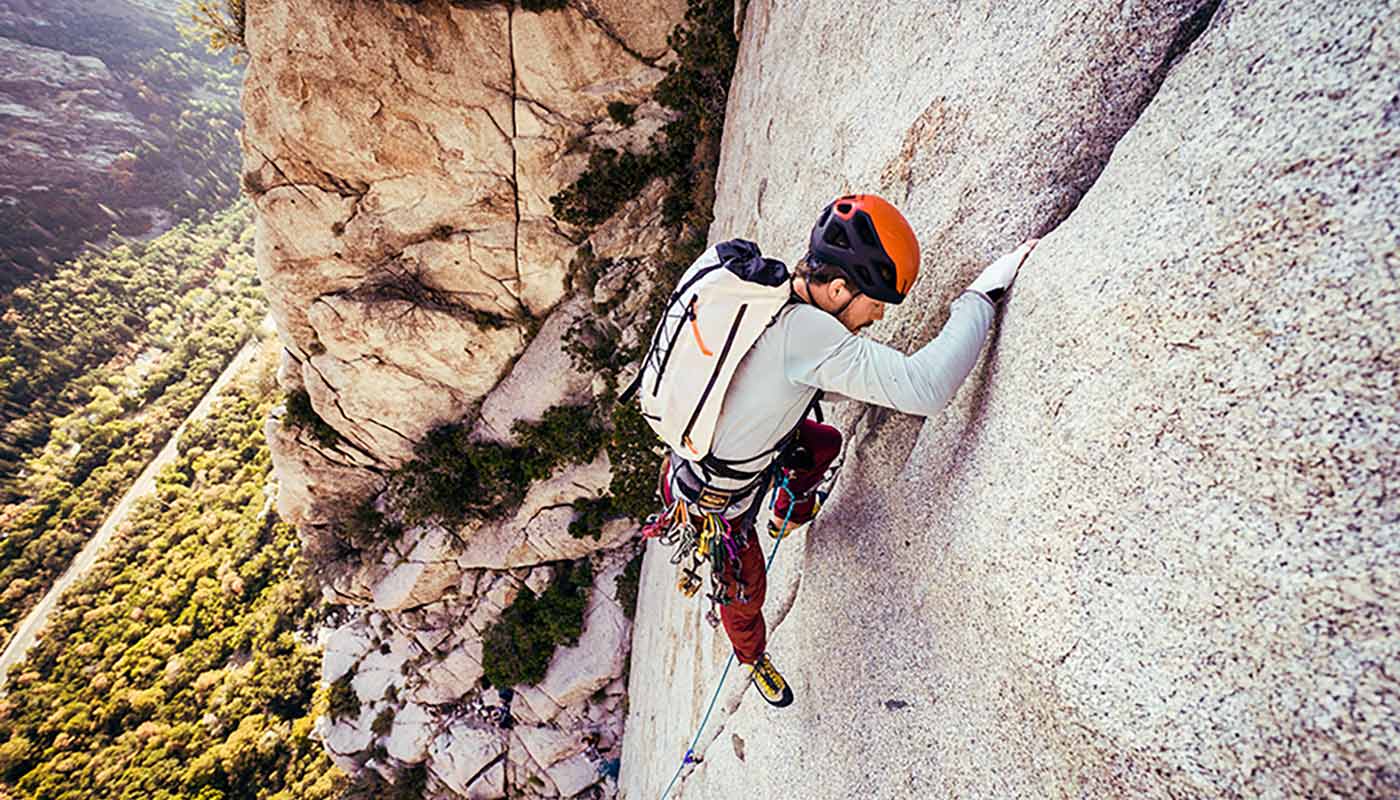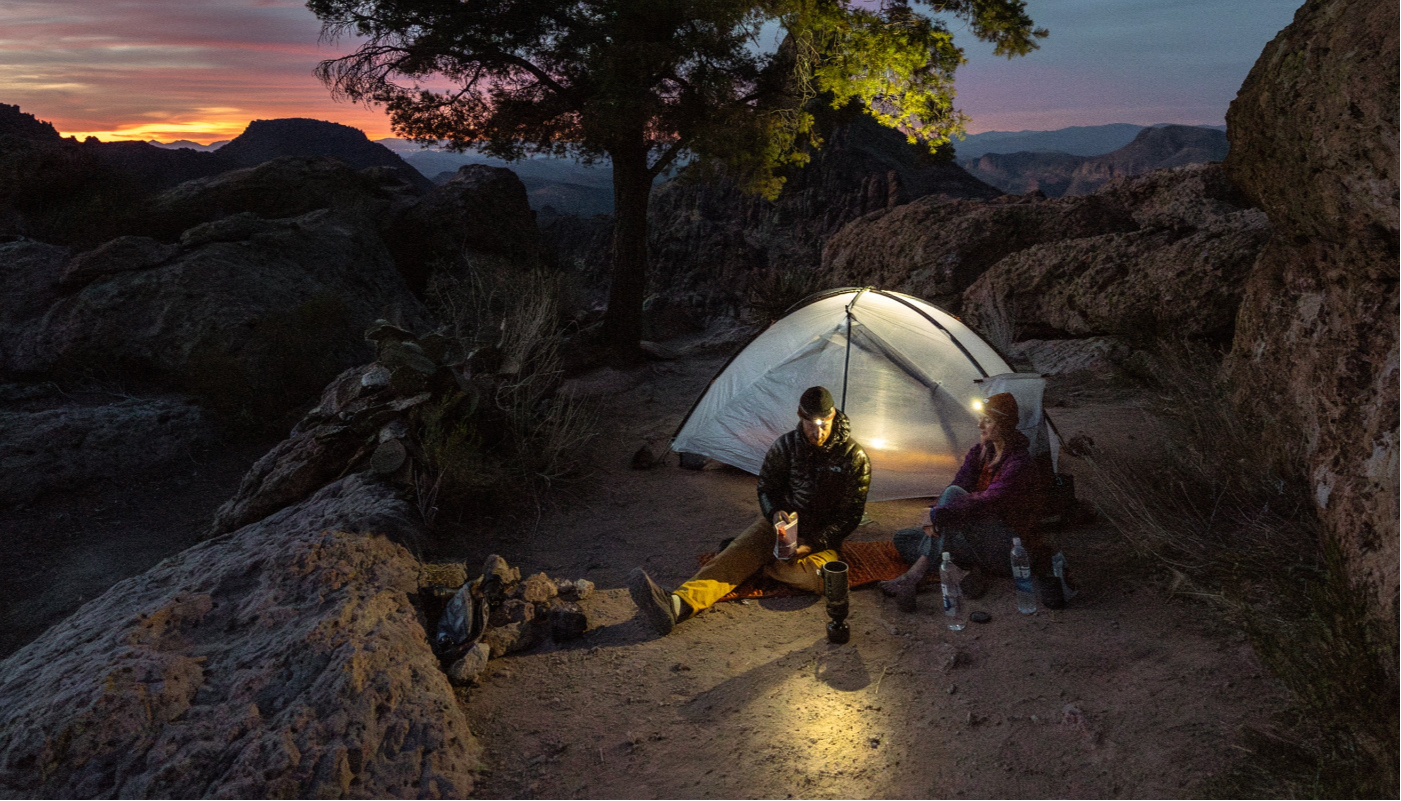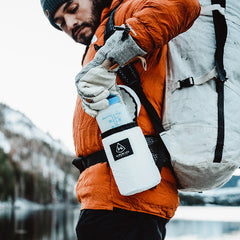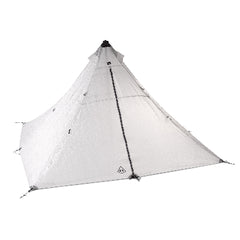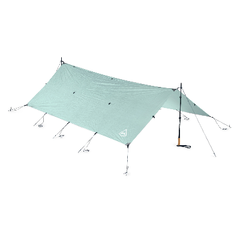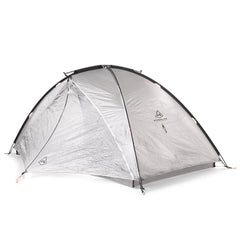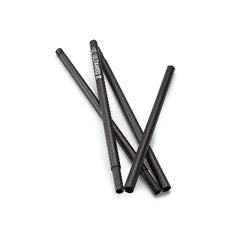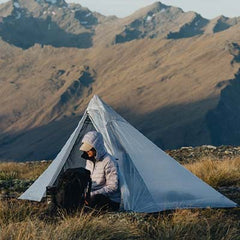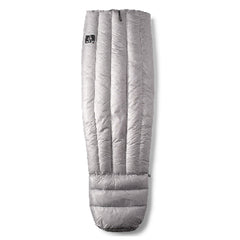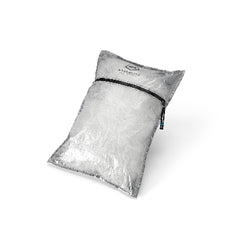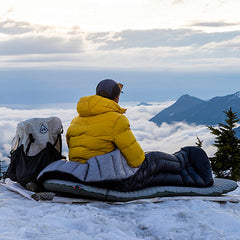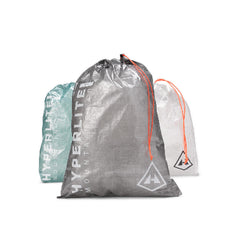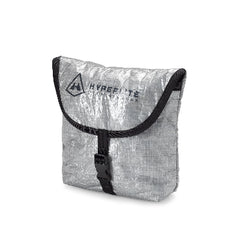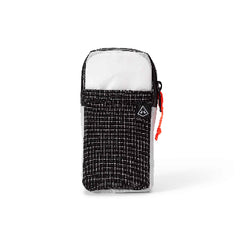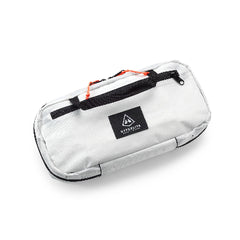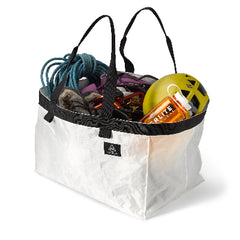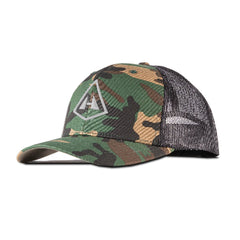Going light is a lifestyle. It’s something you can carry into all aspects of your life—drive less and bike or walk more; live in a smaller home and consume fewer resources; get rid of extraneous stuff so someone else can make good use of it. And, in terms of adventuring outdoors, utilize exactly, and only, the optimized equipment you need to stay safe, hydrated, warm and dry in the backcountry.
The Three Principles of Going Light
- Don’t just buy lighter gear; travel simply;
- Make sure you share gear and/or use one item for multiple purposes;
- Use the most minimal, lightest technology available.
The History of Lightweight Backcountry Travel
Major changes took place in the world of backcountry travel over the last half-century. Adventurers now rock climb 3,500-foot walls in record speeds and hike thousands of miles carrying backpacks that weigh less than a small dog. Pioneering individuals and gear companies have questioned tradition and tested boundaries, transforming their adventure sports and the gear they use for those sports. They ditched metal canteens, woolen knickers and cotton sleeping bags, replacing them with lighter, more durable, streamlined, modern equipment.
It was in the early 1990s when things really started to change. In an attempt to push boundaries and productivity, hikers, backpackers and climbers started minimizing their needs and maximizing their efficiency by looking at every piece of gear they used and asking the questions: Do we need it? Can we make it better? Can we make it lighter?
Folks like renegade rock climber and ultralight backpacker Ray Jardine introduced radical new thinking around backcountry travel. Though considered risky at the time by the mainstream, he taught hikers to limit the weight they carried and to make their own gear. He and other forward thinkers analyzed and improved every aspect of their heavy equipment, starting with “the big three”—shelters, sleeping systems and backpacks. They switched from tents to tarp shelters, which were more versatile and efficient when used skillfully; they ditched heavy shelter systems for ones made of more advanced materials (Dyneema® Composite Fabrics aka Cuben Fiber, for example); and because their load weights decreased, they could purchase (or make) smaller packs. They also transformed their cooking systems, replaced hiking boots with trail runners, and eliminated all non-essentials.
These changes resulted in adventurers having more agility and energy. Lighter packs, lighter shelters, lighter sleeping bags, lighter stoves, lighter shoes and lighter clothes all meant decreased weight, less expended energy, less required food, and thus, even lighter and lighter pack loads. Ultimately, the lightweight revolution was like a snowball rolling uphill as participants traded weight for skill and intelligence to become increasingly efficient at what they were doing. Without necessarily knowing it, the pioneers like Jardine revolutionized the approach to hiking, backpacking and climbing.
Today the evolution in optimizing gear and techniques continues.
The three styles of lightweight backcountry travel:
- “Lightweight” typically refers to packs with a 20-pound baseweight;
- “Ultralight” refers to packs with a 10-pound baseweight;
- “SuperUltraLight” refers to packs with a 5-pound baseweight.
Most people aren’t going to go Ultra or SuperUltra; we’ll leave that to the mutant-like athletes such as Justin Lichter, who recently completed the first winter Pacific Crest Trail traverse or Heather “Anish” Anderson, who has the unsupported FKT (fastest known time) on the PCT and AT. We are mere mortals. But we can still learn a lot from our extraordinary role models.
Reducing weight has the same benefits for the pros as it does for the more normal adventurer, regardless of experience level. Carrying less increases our comfort by reducing strain on our feet, knees and back. It increases our enjoyment because we go farther, see more and do so in greater comfort. By allowing us to move with greater agility and efficiency, going light makes it easier to achieve our objectives. All things combined, a lightweight approach is just so much more fun.
What is base pack weight?
Also key to the philosophy is the idea of knowing “base pack weight,” which includes all your systems—hydration, sleeping, cooking, clothes, etc—but not your food and fuel. It’s absolutely essential that you weigh and record each item.
Weigh everything
The theory behind weighing all your gear is you can’t possibly know what your weight options are for going lighter if you don’t know how much your gear weighs. Identify the lightest options among what you already own. Then systematically begin replacing your traditional gear with lighter options. Embrace the philosophy of going light, and let it shape your buying decisions going forward. Be forewarned, all things identified as “ultralight” on the market aren’t necessarily so. Do your research, check and compare actual weights of products and read online reviews. There’s plenty of great information out there.
Some key tips to help you weigh everything include:
- Break down your gear into key categories and then subcategories before weighing:
- Sleeping system (shelter, sleeping bags, sleeping pads…)
- Cooking system (stove, pot, utensils…)
- Clothing (shoes, rain gear, long undies…)
- Hydration (water bottles, bladders, filter…)
- Streamline your systems; the simpler they are, the easier they are to manage. If something goes wrong, it will be easier to figure out why.
- Don’t plan for your insecurities because then you will pack for them. If you’re not sure of the terrain, do some more research on it: utilize hiker’s forums to find out more about sections of a trail, get beta for climbing approaches on the various website available, read books, etc.
- Lay out your entire kit to get a really good look at what you’ve got. Assess each piece. Do you really need that piece? And then weigh everything!
Optimize Your Adventure
- Share as much as possible. Consider the environment you will be traveling through and agree to only bring the minimum number of shelters, stoves, GPS units, first aid kits, etc, that are absolutely necessary. Have a quick pre-trip meeting, share a group gear list on Google Docs, or throw down at the trailhead, and see how quickly a group of two or three can shed 10 to 20 pounds. Read more in our “Ultralight Winter Backpacking Strategies” blog post.
- Stuff Sacks & Pods should be a key component of every backcountry traveler’s kit because they provide redundancy to your backpacking system. Not only do they help you organize your pack, but if you use high-quality, waterproof or water-resistant stuff sacks your clothes and sleeping bag stay much drier in the stormiest weather. Learn more about how to use stuff sacks in our blog post, “Stuff Sacks for Thru Hikes & Backpacking Trips,” and check out our Dyneema® Composite Fabrics (formerly Cuben Fiber) Stuff Sacks.
- Learn more about ultralight philosophies and techniques in our Stripped Down Series of blog posts.
Parting Words
People new to thru hiking, backpacking or any overnight adventuring often don’t realize they need far less than what they think or what their local big box outdoor store salesperson tells them they need. They base what they bring on their fears. Don’t fall into this trap. Understanding what you need is the secret to knowing what you don’t. You absolutely need something to sleep on, to sleep in and to sleep under. Plus you need insulating layers, waterproof layers, some kind of water treatment, a knife, a headlamp and the right kind of food at the right time. Anything else is gravy. We aren’t saying you must leave your nonessential, favorite items behind; we simply recommend you strip down to the bare essentials, and then rebuild your list from there with your wants. Learn more about “Why You Won’t Freeze or Starve Going Ultralight.”
“From an environmental standpoint, the first way to minimize our impact on the planet is to need less. The second way is to figure out where we can share. Can we ride the bus or a bike or share a lawnmower with a neighbor? The third way is to use the technology that makes things lighter and simpler.”
–Ambassador Forrest McCarthy
Some Helpful Blog Posts
- Ultralight Gear List for Thru Hiking & Backpacking
- Carry a Lighter Pack: 3 Tips to Reduce Food, H20 & Fuel Weight
- Long-Distance, Lightweight Thru Hiking Gear List (for the Grand Canyon)
- Ultralight Gear for Appalachian Trail Thru Hikers: 2-Person Planning & Prep
- Lightweight Gear for the Grand: Ideas for Winter Canyon Country Hikes
- Lightweight Backcountry Recipes for Thru Hikers & Backpackers (Part 1 & Part 2)
- How to Pack Your Ice Pack for Lightweight Alpine Climbing Trips
- Ultralight Photography for Thru Hikers & Backpackers
- Food Prep & Recipes for Ultralight Thru Hike Adventures
